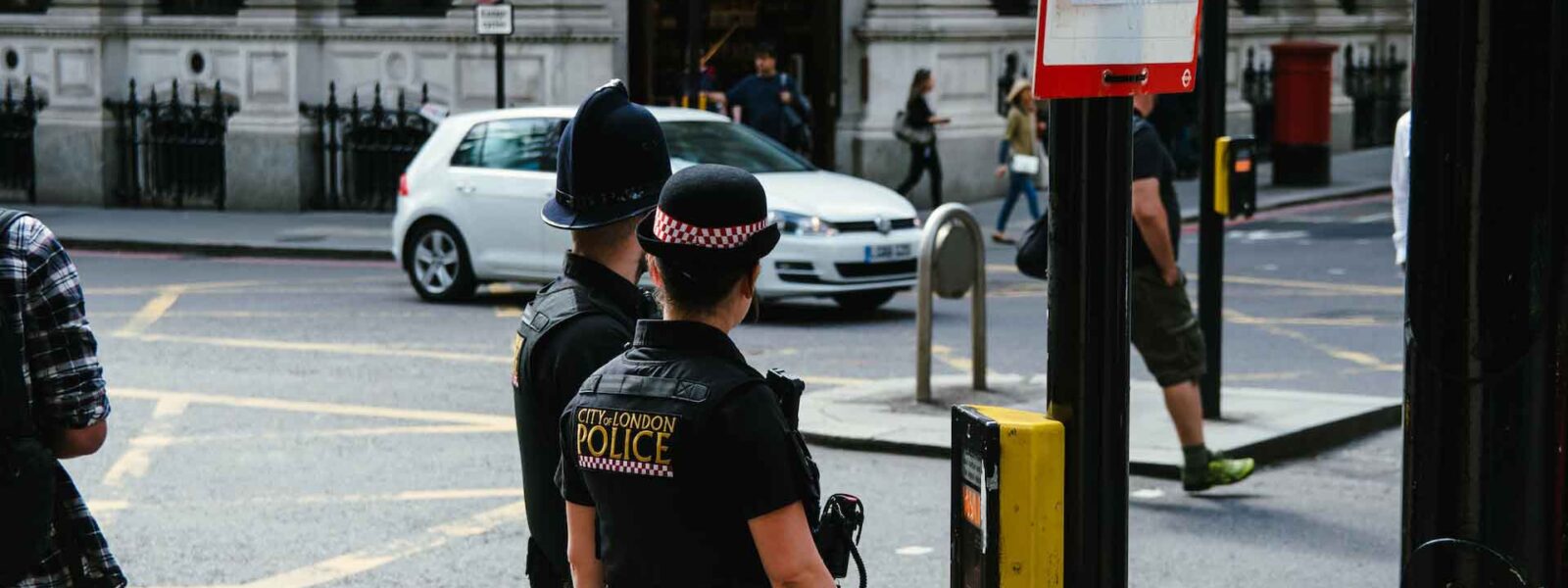Intentional harassment, alarm, or distress are the key things related to an offence under Section 4A of the Public Order Act. Many people are aware of the offence, especially in an age where police encounters are so easy to view online through YouTube and social media.
This article will highlight all you need to know about the offence. By the end, you’ll have an understanding of what the offence entails and how best to deal with it.
Looking to cut to the chase? If you’re looking for a solicitor to help with a public order offence, just call us on 0203 007 5500, or submit a contact form.
What is Section 4A of the Public Order Act?
Section 4A of the Public Order Act 1994 is the offence of causing intentional harassment, alarm or distress. It is a public order offence, meaning an offence that involves violence or intimidation to a member of the public.
An individual can be charged with the offence if they:
- use threatening, abusive or insulting words or behaviour,
- behave disorderly; or,
- display writing, signs or other visible representation which may be threatening, abusive or insulting and cause another person harassment, alarm or distress.
Public order offences that involve violence or threats of violence will fall under other categories (i.e. affray).
What is meant by harassment, alarm and distress?
To understand what Section 4A of the Public Order Act entails, we first need to define what it means to cause harassment, alarm and distress:
- Harassment. Subjecting someone to unwanted conduct which is either related to a protected characteristic (race, sex, age etc.) or is of a sexual nature. The conduct has the purpose or effect of violating the victim’s dignity or creating an environment that is intimidating, hostile, degrading, humiliating or offensive.
- Alarm. Causing someone to feel afraid or anxious that something dangerous may happen to them.
- Distress. Making an individual feel genuine emotional disturbance or upset.
For an offence to occur, your actions must cause someone to feel one of these things.
Does it matter where you commit the offence?
A person can commit an offence under Section 4A of the Public Order Act in either a private or public space.
Importantly, you cannot commit this offence if you are within a dwelling and the other party is with you or in another place of residence. However, for example, if you harass someone in the street when you’re within your home, this may constitute as a public order offence
Section 4A of the Public Order Act: other important factors.
For an offence under Section 4A of the Public Order Act to occur, there must be an intention to cause harassment, alarm or distress using threatening, abusive or insulting words, disorderly behaviour, any writing, signs or other visible representation.
Also, it is not enough that someone may hear or see the behaviour. An individual must see or hear the offending behaviour that is likely to cause harassment, alarm or distress.
Lastly, a person can also commit this offence through online posts to public websites, as long as it has the necessary intent. It does not matter if the person it affects sees this through another medium, including photos or videos, or if they saw it before it was deleted.
What are the sentencing guidelines for this offence?
If you were to be found guilty of this offence, the maximum sentence is 6 months in custody and/or an unlimited fine.
Please note that the range of the sentence will depend heavily on the level of intention, how many people it affected, and other various factors.
What are some possible defences for this offence?
If you’re facing an accusation of the offence under Section 4A of the Public Order Act, these are some possible defences:
- You were in a dwelling and had no reason to believe that anyone outside of the residence would hear or see any of your behaviour (whether visible, audible or written).
- You believe your conduct was reasonable.
- There was a lack of intent behind your actions.
Remember – it’s important that someone physically heard or saw the behaviour for it to be an offence. If not, then it will be hard to prove in court.
Section 4A of the Public Order Act: recent case study.
On 3 June 2023, a Manchester United supporter was arrested for wearing an abusive shirt during the FA Cup final. The fan was wearing a shirt that mocked the Hillsborough disaster of 1989.
He was arrested for a public order offence after photos of him appeared online via social media. This falls under Section 4A of the Public Order Act as a public order offence.
The fan needed a strong argument for the court not to find him guilty. He stated that the police had misinterpreted the shirt and that it had a deeper meaning connected to his grandfather.
However, the court did not agree with this, and stated that the impact of the shirt was both “profound and distressing”. This resulted in a four-year ban from attending football matches, alongside a £1,000 fine and other charges totalling £485.











Comments
Section 4A of the Public Order Act is a desecration of free speech. But the UK has a very poor record on free speech.
It's laws like this that makes me give thanks that the Americans kicked the Brit's out of N. America in 1776 and wrote the Bills of Rights, notably the 1st Amendment. Plus 247 years of court rulings protecting free speech. BTW: There is no such thing as "hate speech" is US jurisprudence.
Leave a comment Your email address will not be published.